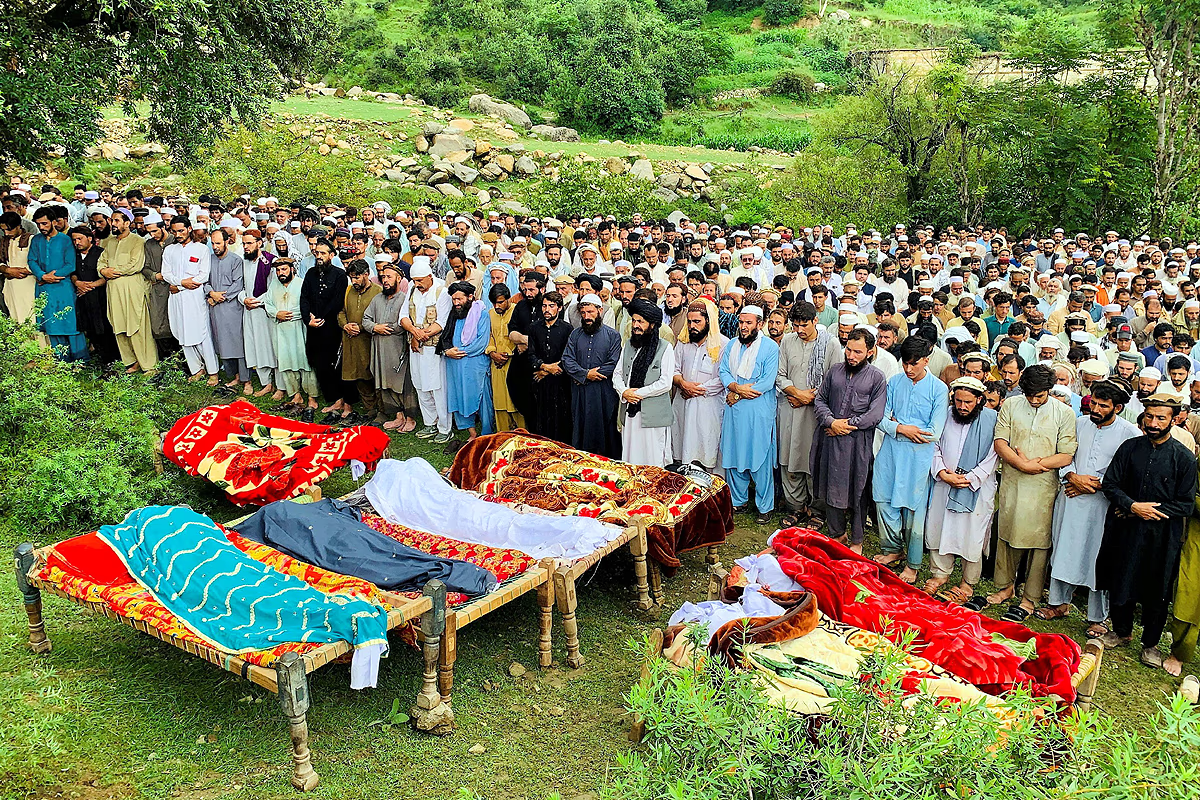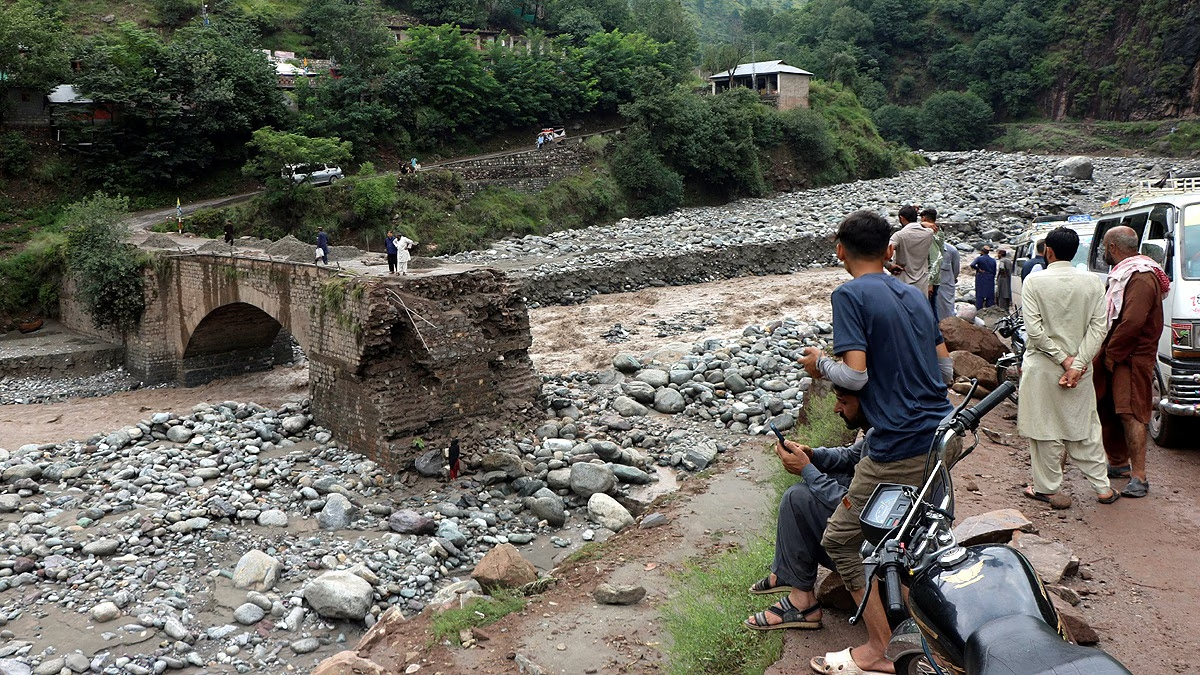In the past two days, relentless rain and flooding have exemplified nature's fury in northwest Pakistan. Local authorities report over 300 fatalities, with many missing, making this monsoon disaster the deadliest of the year.
What Happened?
The last two days have seen torrential rains devastate Khyber Pakhtunkhwa. According to the Provincial Disaster Management Authority (PDMA), there are confirmed 307 deaths as of Saturday morning, with many still unaccounted for. Expect heavy rain until August 21, potentially worsening conditions.
This disaster is fueled by cloudbursts, floods, lightning strikes, landslides, and building collapses. Not only Pakistan, but parts of India and Nepal also sustained damage from last week's severe weather.
Most Affected Area: Buner District
Located three hours from Pakistan's capital, Islamabad, Buner is in dire straits with 184 deaths and extensive damage to infrastructure, crops, and orchards. The violent cloudburst and felled trees swept away lives and disrupted communities.

Source: aajtak
In Buner, numerous individuals, particularly women and children, remain stranded in floodwaters, with 93 bodies recovered. In Shangla, a collapsing roof amid the rain claimed 34 lives, said Provincial Chief Secretary Shahab Ali Shah, amid swift relief operations.
Relief and Rescue Efforts
Multiple initiatives have been launched to assist...
Relief Camps: Shahab Ali Shah stated medical camps are being set up for those affected. Food and water are being provided to families who lost their homes.
Road Clearing: Using heavy machinery, efforts to clear and restore blocked roads are underway.
Rescue Teams: Deputy PM and Foreign Minister Ishaq Dar announced joint civil and military operations for relief and rescue, and the Prime Minister convened an emergency meeting.
Financial Aid: Emergency funds have been released to deliver immediate aid in affected areas.
Concerns for the Future
Officials predict ongoing rains until August 21, threatening more floods and landslides. Buner, Shangla, and other regions face heightened risk. Road closures hinder aid delivery efforts.




